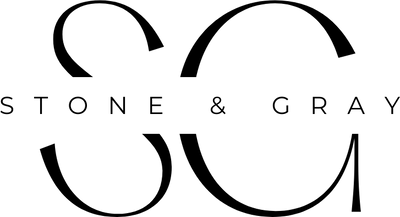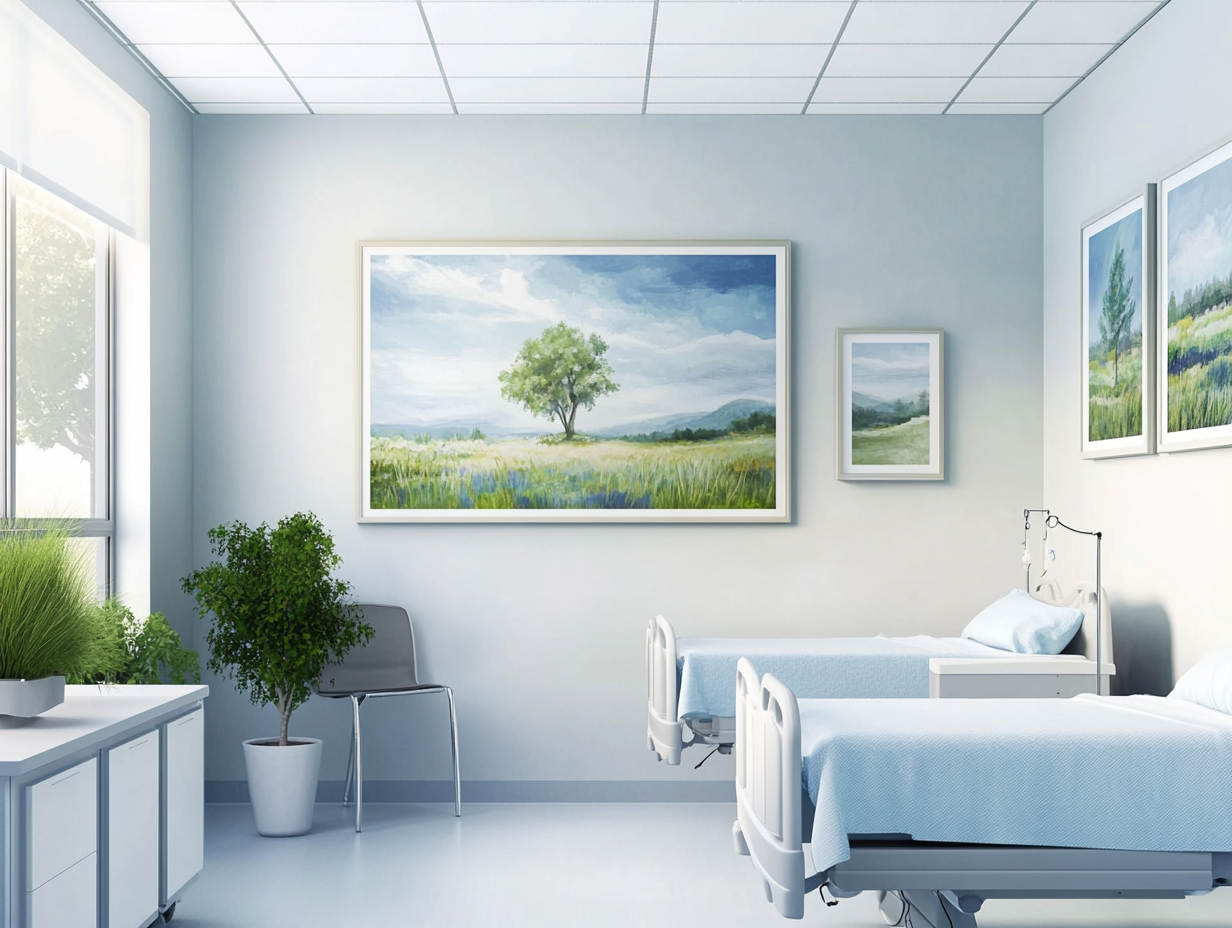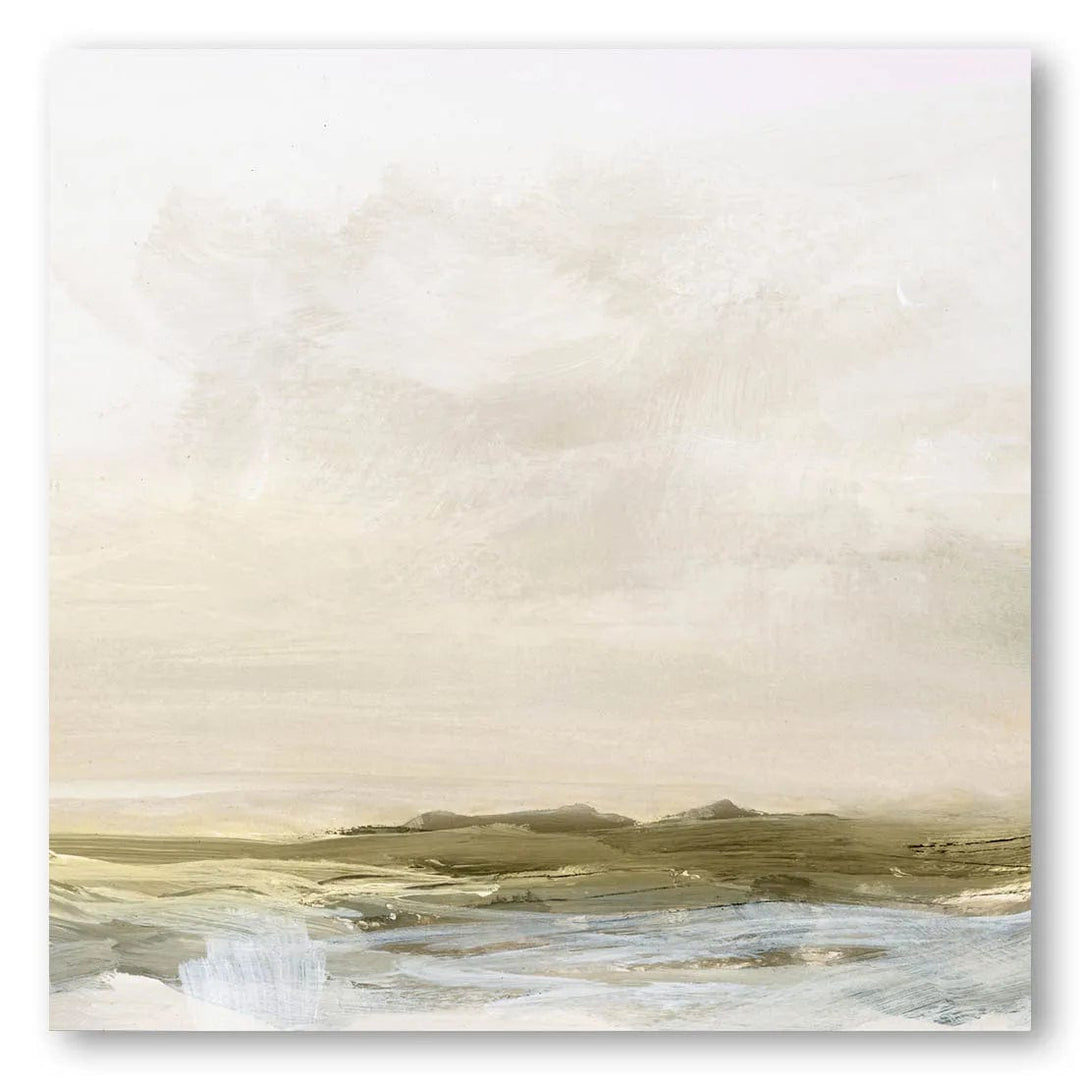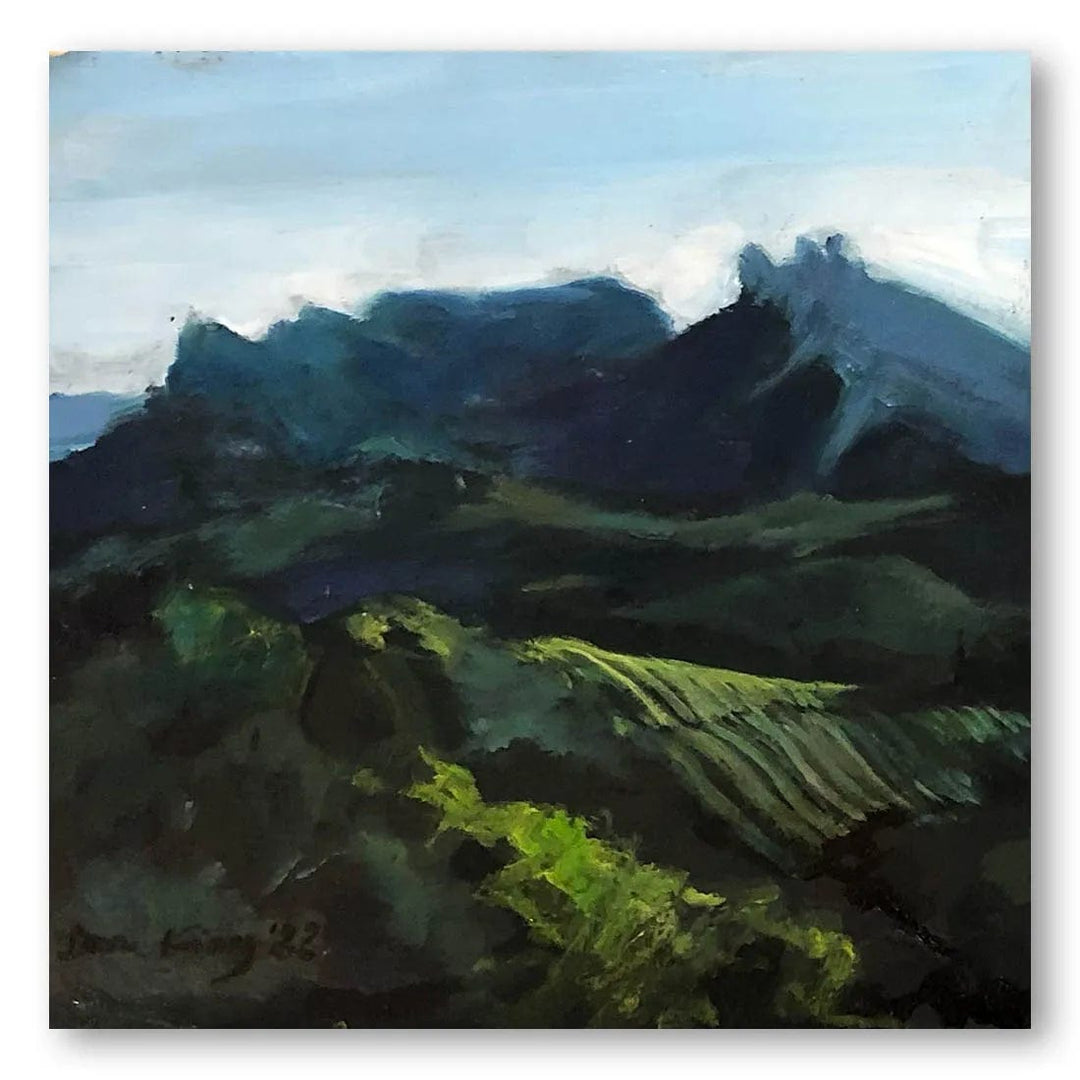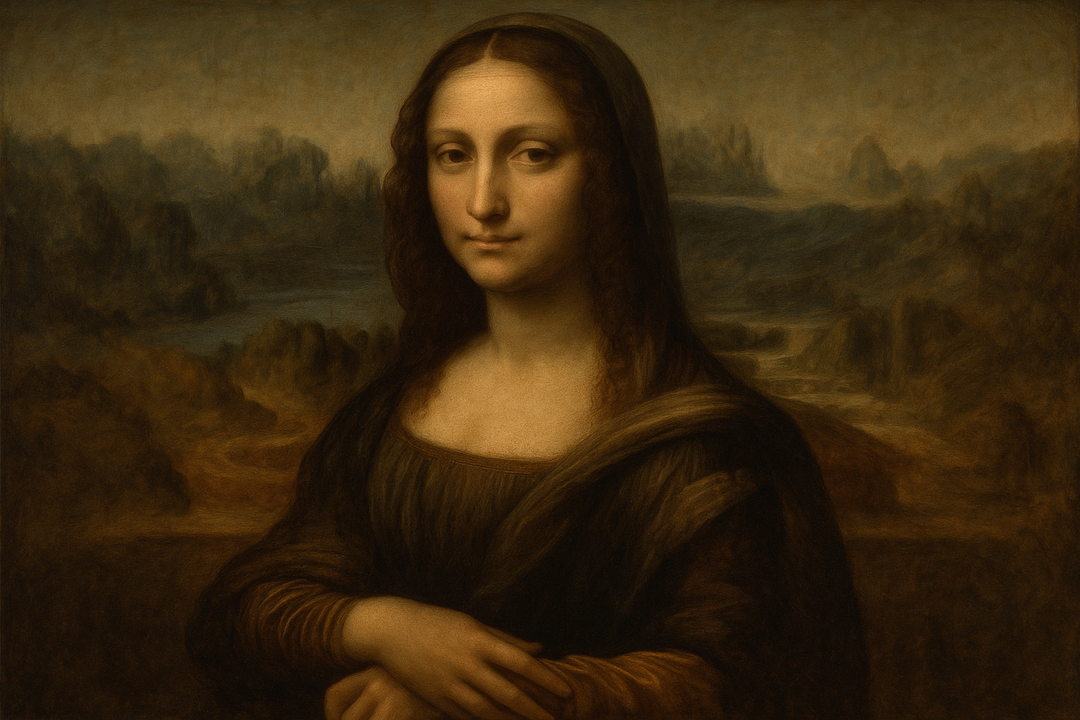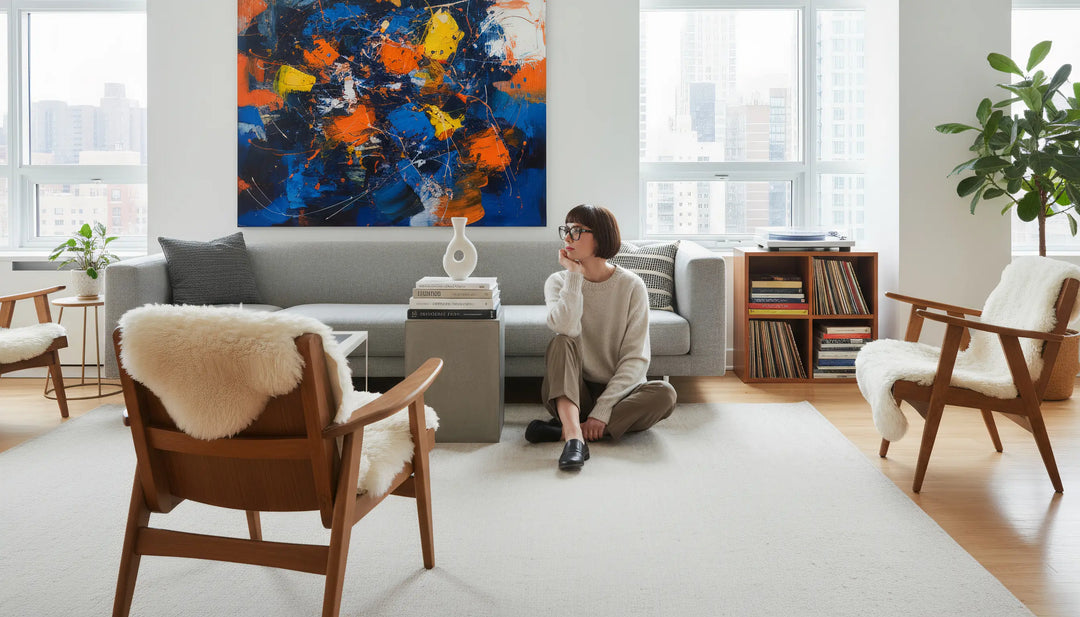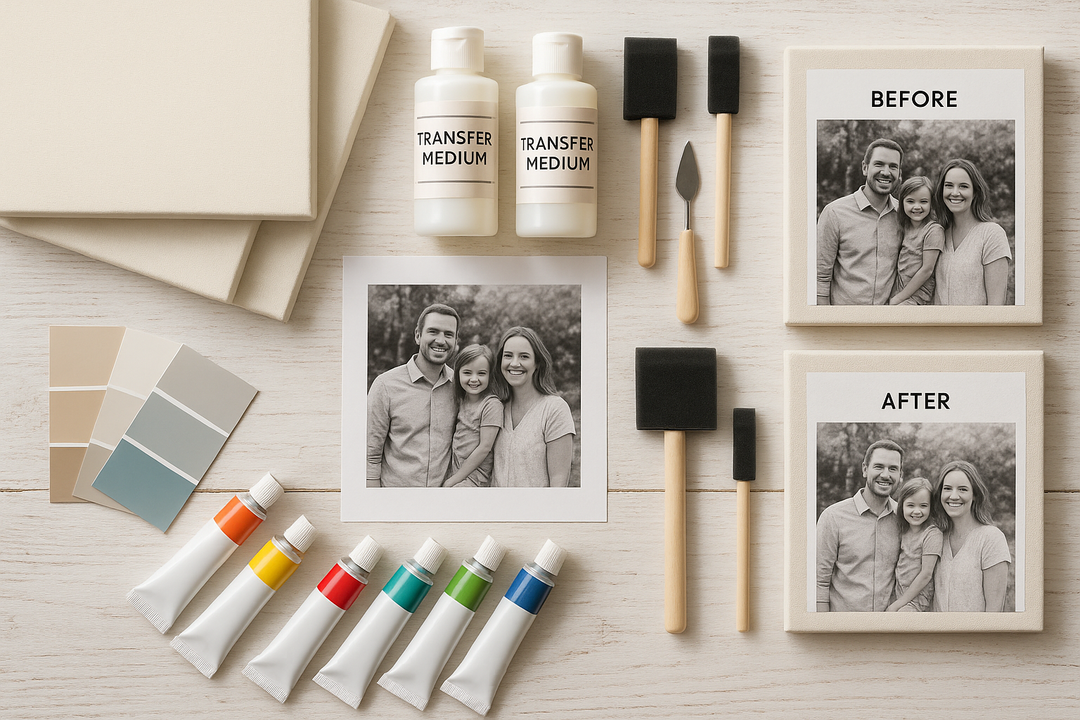| Key Therapeutic Art Benefits in Healthcare |
|---|
| - Reduces patient anxiety by up to 43% during treatment and procedures - Decreases perceived pain levels by 20-30% in recovery spaces - Lowers blood pressure and heart rate in waiting areas - Shortens hospital stays by an average of 0.74 days - Reduces need for pain medication by up to 25% - Decreases symptoms of depression in long-term care - Improves staff job satisfaction and reduces burnout - Creates positive distraction during uncomfortable procedures - Enhances wayfinding and facility navigation - Fosters meaningful connections between patients and healthcare providers |
The Science of Healing Environments
As a healthcare design specialist, I've witnessed how thoughtfully selected art transforms sterile medical environments into healing spaces. Far from mere decoration, therapeutic art is now recognized as an evidence-based design element that measurably improves patient outcomes, staff performance, and overall healthcare experiences.
The interior design rules for healthcare spaces differ significantly from other environments. Clinical research published in the Journal of Environmental Psychology demonstrates that exposure to certain types of visual art can reduce stress hormones, lower blood pressure, decrease anxiety, and even accelerate healing processes.
Evidence-Based Art Selection for Different Healthcare Spaces
Art Placement Guide by Healthcare Area
- Waiting Areas: Calming landscapes and blue-toned artwork (90-120cm) to reduce anxiety
- Examination Rooms: Nature scenes (60-90cm) positioned where patients can view during procedures
- Patient Rooms: Serene, positive images (70-100cm) at eye level from the bed position
- Corridors: Sequential nature imagery (series of 50-70cm pieces) to encourage movement
- Pediatric Spaces: Age-appropriate, positive nature imagery with gentle stimulation
- Staff Areas: Restorative landscapes and abstract pieces that reduce stress and prevent burnout
- Rehabilitation Areas: Motivational nature scenes showing gentle paths and journeys
- Oncology Centers: Soft, nurturing images with gentle colors and natural elements
Waiting Areas: First Impressions and Anxiety Reduction
Waiting areas often generate significant anxiety for patients. Research from the Healthcare Research and Quality Foundation shows that appropriate art can reduce perceived waiting times by up to 30% while lowering anxiety levels. For these spaces, our Shades of Blue Wall Art Prints collection offers scientifically-proven calming effects.
"The introduction of blue-toned landscape imagery in our primary care waiting area resulted in a measurable 18% reduction in patient-reported anxiety levels and a significant decrease in stress-related complaints to our front desk staff."
— Clinical Director at a Cape Town Medical Center

Abstract Glide Shapes Art Print
from R 445.00
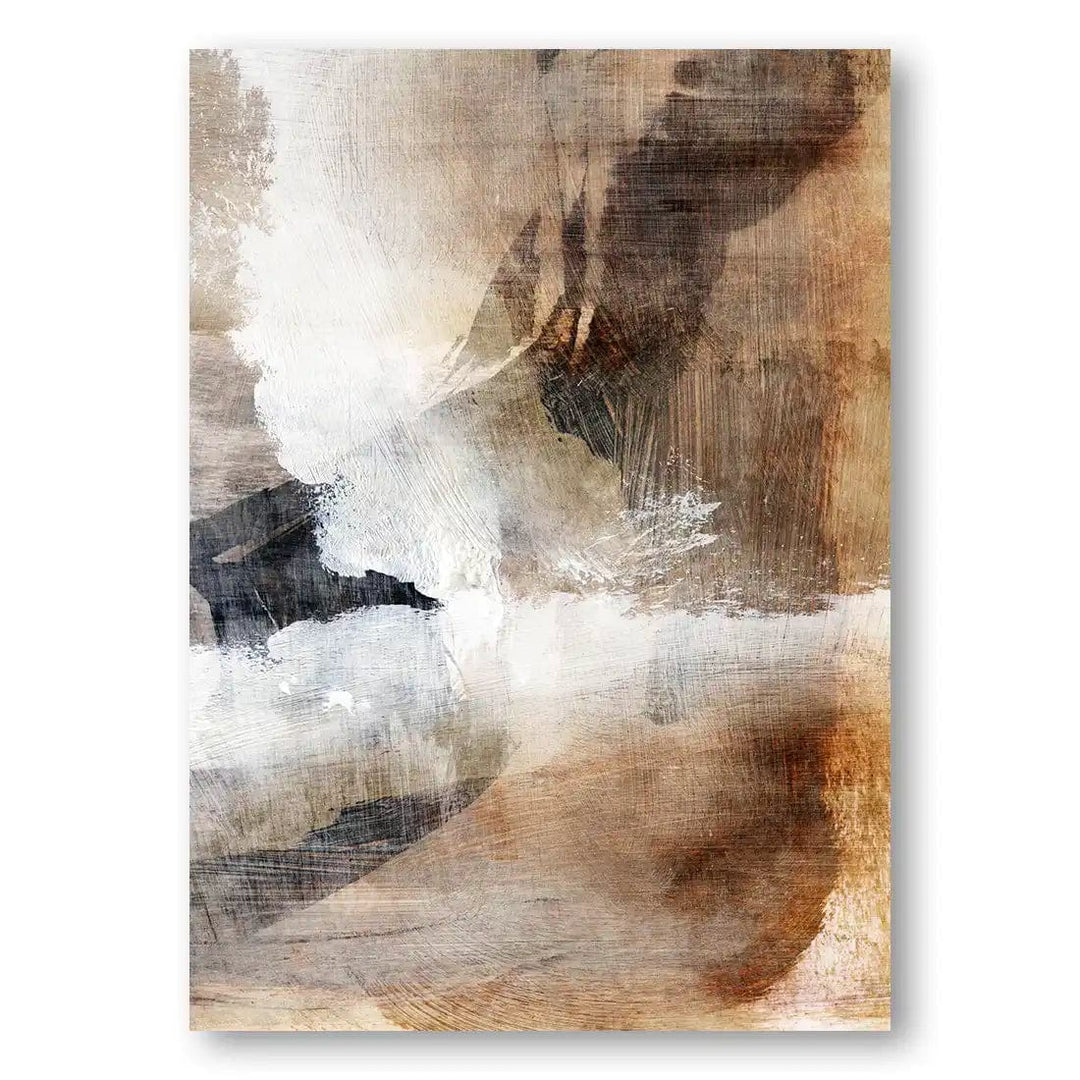
Whispers of Earth Art Print
from R 445.00

Whispering Shadows Abstract Art Print 1
from R 445.00
Patient Rooms: Supporting Recovery and Healing
Patient rooms require particularly thoughtful art selection. A landmark study in the Journal of Advanced Nursing demonstrated that patients exposed to nature imagery required fewer pain medications and had shorter hospital stays compared to those with abstract art or no art at all. Our Contemporary Landscape Wall Art Prints collection offers ideal options for these crucial healing spaces.
Patient Room Art Placement Guidelines
- Bed Visibility: Position primary artwork where it's easily visible from the bed
- Subject Matter: Select scenes with gentle positive outcomes (morning light, calm waters, open vistas)
- Avoid: Complex abstract imagery, ambiguous scenes, or potentially threatening elements
- Size Selection: Consider viewing distance from bed (typically 70-100cm width is optimal)
- Lighting: Ensure proper illumination without glare on the artwork
- Content Diversity: Include seasonal variations if the facility serves long-term patients
Treatment Areas: Positive Distraction During Procedures
Treatment and procedure rooms benefit tremendously from thoughtfully placed art. Research in the Journal of Pain and Symptom Management found that nature imagery on ceiling panels reduced pain and anxiety during invasive procedures. For these spaces, our Landscape Photography Prints collection offers realistic nature scenes that create powerful mental escape opportunities.

Sunbeams On Cottage Photo Print
from R 445.00

Autumn Cabin Serenity Photo Print
from R 445.00

Misty Morning Solitude Print
from R 445.00
The Healing Power of Different Art Styles
Research in healthcare design has identified specific art characteristics that promote healing. Understanding these elements is crucial when selecting therapeutic artwork for medical environments.
Nature Imagery: The Universal Healer
The biophilia hypothesis suggests humans have an innate connection to nature that promotes wellbeing. Studies by Roger Ulrich, a pioneer in evidence-based healthcare design, consistently show that green wall art and natural scenes provide significant physiological benefits, including reduced blood pressure, decreased heart rate, and lower levels of stress hormones.
Most Therapeutic Nature Elements
- Water Features: Calm water scenes consistently rank highest for stress reduction
- Savanna-like Landscapes: Open vistas with scattered trees tap into evolutionary preferences
- Flowering Meadows: Gentle complexity with positive associations of growth and renewal
- Forest Scenes: Particularly effective in urban healthcare facilities
- Green Foliage: Research shows the color green has direct physiological calming effects
- Sunrise/Sunset: Natural light transitions evoke positive emotional responses
Botanical Art: Scientific Beauty
Botanical illustrations blend scientific accuracy with natural beauty, making them particularly suitable for healthcare environments. Our Vintage Florals & Succulents Wall Art Prints collection offers educational value while maintaining the therapeutic benefits of plant imagery.

Aloe Umbellata Art Print
from R 445.00

Christmas Rose Vintage Botanical Art Print
from R 445.00
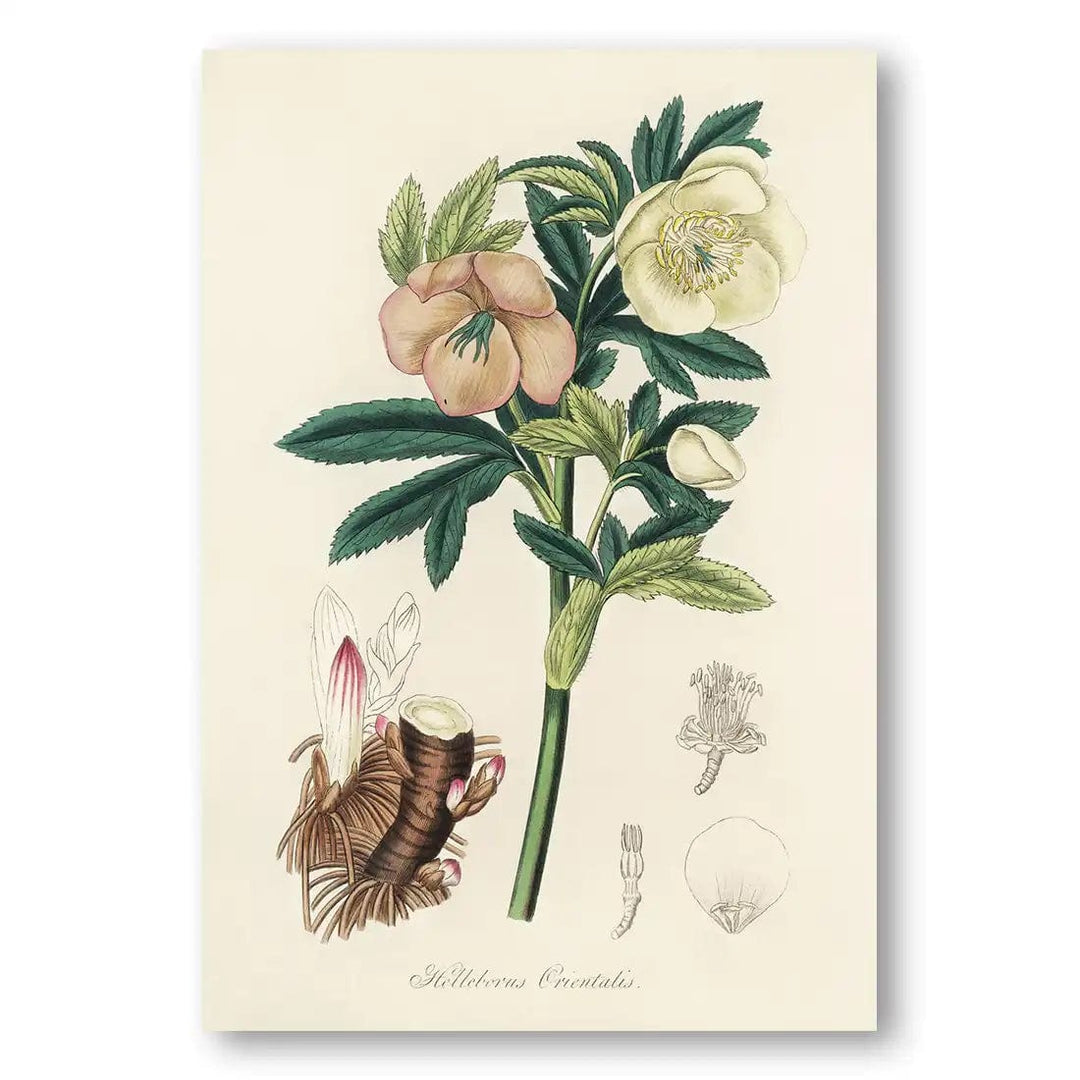
Hellebore Vintage Botanical Art Print
from R 445.00
Botanical illustrations are particularly effective in treatment rooms focused on natural medicine, rehabilitation spaces, and areas where patients benefit from gentle mental stimulation. The detailed yet calming nature of these images provides both visual interest and therapeutic benefits.
Therapeutic Abstract Art: Careful Selection Required
While abstract art requires careful selection for healthcare environments, certain styles from our Soft Neutral Abstract Wall Art Prints collection are particularly well-suited for healing spaces. Look for pieces with gentle lines, harmonious colors, and moderate complexity.
Guidelines for Selecting Abstract Art in Healthcare
- Color Harmony: Select pieces with coherent, harmonious color schemes
- Positive Emotional Response: Test artwork with focus groups before large-scale installation
- Visual Complexity: Moderate complexity is optimal—avoid chaotic or overly simplistic works
- Line Quality: Prefer flowing, horizontal lines over angular or vertical elements
- Nature Reference: Abstract works that subtly reference natural elements perform best
- Cultural Sensitivity: Consider the diverse cultural backgrounds of your patient population
Color Psychology in Healthcare Art
The psychological and physiological effects of color are particularly relevant in healthcare settings. Strategic use of color through art selection can significantly impact healing environments.
Therapeutic Color Guide
- Blues: Lower blood pressure, reduce respiratory rate—ideal for high-stress areas
- Greens: Promote balance and harmony—excellent for recovery spaces
- Soft Yellows: Enhance mood and optimism—beneficial in physical therapy areas
- Earth Tones: Create grounding, stability—suitable for mental health settings
- Soft Purples: Foster introspection and spiritual connection—appropriate for palliative care
- Avoid: Saturated reds in high-anxiety areas, extremely bright colors in neurological units

Adiantum Trapeziforme Fern Art Print
from R 445.00

Vintage Palm Art Print 10
from R 445.00

Vintage Palm Art Print 6
from R 445.00
Our Vintage Palms, Ferns & Leaves Wall Art Prints collection offers excellent examples of therapeutic green tones that research has shown can actively reduce stress and promote healing.
Implementation Strategies for Healthcare Facilities
Art Rotation Programs for Clinical Settings
For long-term care facilities, art rotation programs provide continual visual refreshment that prevents "visual fatigue" and maintains the therapeutic benefits of artwork. Consider seasonal rotations that reflect natural cycles and provide gentle environmental change.
Healthcare Art Rotation Strategy
| Season | Recommended Art Style | Therapeutic Benefits |
|---|---|---|
| Summer | Meadows, water scenes, blue tones | Cooling effect, promotes hydration awareness |
| Autumn | Gentle autumn landscapes, botanical prints | Acceptance of change, transition support |
| Winter | Interior warmth, soft abstract pieces | Combats seasonal affective responses, provides comfort |
| Spring | New growth, flowering scenes, optimistic vistas | Encourages hope, supports rehabilitation progress |
Framing Considerations for Healthcare Settings
Proper framing is particularly important in healthcare environments. Beyond aesthetics, frames must meet specific safety, infection control, and durability requirements.
Healthcare Framing Requirements
- Safety: Non-breakable glazing (acrylic or laminated glass) to prevent injury risk
- Infection Control: Smooth, sealed frames that can withstand regular sanitization
- Secure Mounting: Specialized security hardware for public area installations
- Corner Protection: Rounded corners in pediatric and high-traffic areas
- Consistency: Uniform framing throughout departments for professional appearance
- Material Considerations: Antimicrobial finishes for high-risk areas
Our healthcare art framing options include specialized solutions that meet infection control standards while maintaining aesthetic appeal. For specialized healthcare applications, consult with our framing experts about mastering the art of matting techniques that enhance both protection and presentation.
Beyond Patients: Art for Healthcare Staff
Healthcare design too often overlooks the needs of medical staff, who experience high rates of burnout and stress. Strategic art placement in staff areas can significantly improve morale, retention, and ultimately, patient care quality.

Aloe Picta Art Print
from R 445.00

Crimson Brushstroke Camellia Vintage Floral Art Print
from R 445.00
Measuring ROI on Healthcare Art Programs
Healthcare facilities increasingly recognize the return on investment from therapeutic art programs. Key metrics that demonstrate value include:
Healthcare Art ROI Metrics
- Length of Stay: Average reduction of 0.74 days with appropriate nature imagery
- Pain Medication Usage: Up to 25% reduction in pain medication requests
- Patient Satisfaction Scores: Average improvement of 18% on facility rating surveys
- Staff Retention: Improvements ranging from 5-15% in facilities with comprehensive art programs
- Reduced Anxiety Medications: Measurable decrease in PRN anxiety medication administration
- Patient Recommendations: Increased likelihood of facility recommendation to friends and family
Creating a Comprehensive Healthcare Art Program
Implementing an effective healthcare art program involves strategic planning and thoughtful execution:
- Needs Assessment: Evaluate each space's function, patient population, and specific challenges
- Evidence-Based Selection: Choose artwork based on research-supported principles
- Stakeholder Input: Gather feedback from staff, patients, and visitors
- Professional Installation: Ensure secure, properly positioned, and well-lit displays
- Ongoing Evaluation: Measure impact through patient surveys and clinical metrics
- Periodic Refreshment: Update and rotate art to maintain therapeutic benefits
Our healthcare design consultants can assist with developing custom art programs tailored to your facility's specific needs and budget considerations.
Conclusion: Art as Healthcare Technology
In modern healthcare design, therapeutic art has evolved from decorative afterthought to evidence-based intervention. When selected with intention and positioned strategically, art becomes a powerful tool for improving clinical outcomes, enhancing patient experiences, and supporting healthcare staff.
The growing body of research on art's impact in healthcare environments provides clear direction for facilities seeking to leverage these benefits. By incorporating thoughtfully selected pieces from our therapeutic art collections, healthcare providers can create environments that actively contribute to the healing process.
Ready to Transform Your Healthcare Environment?
Our healthcare design specialists can create a customized therapeutic art program for your facility.
Explore Our Therapeutic Art Collection✓ Evidence-Based Selection | ✓ Healthcare-Specific Framing | ✓ Nationwide Installation
